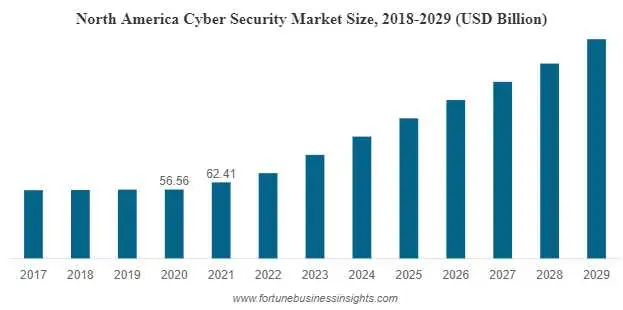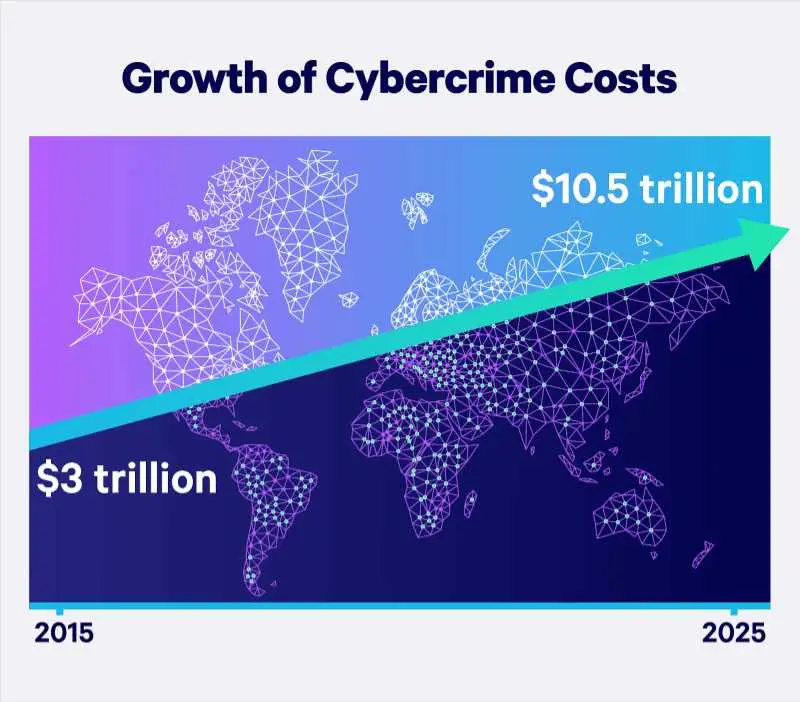As a small to medium sized business (SMB) owner, you understand the importance of protecting your company’s digital assets. You probably know that cybersecurity for your SMB matters, but may not have the time or resources for it.
One of the most critical components of your IT management should be cyber security – especially now that 43% of all cyber attacks are targeted at SMBs.
Like most, however, your small business may lack the internal resources, security tools, and technologies to stay protected from cyber security threats.
In this guide, we’ll discuss the key elements you need to know about SMB cybersecurity to protect your business.
Cyber Security for SMBs: Why Is It Important?
Small and medium sized businesses (SMBs) like yours are most targeted frequently by hackers because cybercriminals are aware that you may lack the internal resources and cybersecurity solutions to safely defend against cybersecurity threats.
But with new threats emerging 24/7, it’s important to be aware of the necessary precautions you must take as a small business to protect your network – and who to turn to for help.
Let’s take a closer look at some essential steps in SMB cybersecurity and how a managed IT company can help protect your company’s network and systems.

Image Credit: Fortune Business Insights
The Essentials of SMB Cybersecurity
1. Identify and Assess Risks
The first step in any cybersecurity plan is to identify and assess the risks your business faces. This process should involve analyzing your business’s information systems, including software and hardware, to determine where your vulnerabilities lie.
However, this is, of course, extremely difficult to do on your own if you’re not a cybersecurity expert. A managed service provider (MSP) can be extremely effective in helping you:
- Execute threat vulnerability assessments
- Identify potential threats to your network and systems
- Develop strategies for mitigating them
- Implement industry leading cybersecurity technologies
This could include implementing firewalls, installing anti-virus software, and creating security policies for your employees.
Check out these additional resources to learn more about how an MSP can help!
2. Monitor Your Systems 24/7/365
In today’s current landscape of cybercrime, you never know when a threat is going to appear within your network.
And even a small cyber security breach can cost your business anywhere from $120,000 to $1.24 million dollars in damage.

Image Credit: Embroker
An MSP can deploy advanced monitoring tools to help identify potential threats in real-time, allowing for a swift response to mitigate any potential damage.
3. Create a Strong Password Policy
Passwords are one of the most common points of vulnerability, as many employees use simple, easy-to-guess passwords, making it easy for hackers to gain access to sensitive information.
To combat this, you should create a strong password that requires employees to use complex passwords and change them regularly.
Passwords should be:
- Longer than 12 characters
- Include a mix of uppercase/lowercase letters, numbers, and symbols
- Unique to each account to prevent a single password from being compromised and used to access multiple systems

4. Employ Multi-Factor Authentication
Passwords are often the first line of defense against cyber threats, but they are not infallible.
Cybercriminals can use various methods to steal passwords, such as phishing, keylogging, and social engineering – which is why an essential component of cybersecurity for SMBs should be implementing multi-factor authentication.
Multi-factor authentication (MFA) is a security mechanism that requires users to provide multiple forms of identification to access an account or system.
This keeps passwords protected and makes it more difficult for cybercriminals to gain unauthorized access to sensitive data.
5. Provide Your Employees with Cyber Awareness Training
Your employees are often the first line of defense against cyber threats – but unfortunately, a shocking 88% of data breaches are a direct result of human error.
It’s essential to train them on best practices for cybersecurity to ensure they understand the risks and how to prevent them. Training should cover topics such as password management, email security, and how to identify and report potential threats in the event that a hacker gains access to data.
Regular training sessions should be conducted as a component of cybersecurity for SMBs, and you can also use simulated phishing attacks to test your employees’ awareness and identify areas that need improvement.
Remediate Threats with Training on Cyber Security for SMBs
Contact Us Now
6. Keep Your Software Up to Date
Software vulnerabilities are a common target for cybercriminals, so in order to prevent these vulnerabilities from being exploited, it’s essential to keep all software up to date. This includes operating systems, anti-virus software, and applications.
Updates often include patches for known vulnerabilities, so failing to update your software could leave your business open to attack.
7. Regularly Update Your Cybersecurity Strategy
Cyber threats are constantly evolving, and as hackers look for new vulnerabilities to exploit, they are becoming increasingly sophisticated in their methods.
Technology is also evolving rapidly, with new hardware and software being released on a regular basis. These changes can have an impact on your cybersecurity strategy, and you may need to update your approach to address new vulnerabilities or take advantage of new security features.
How Attentus Can Help You Perfect Your SMB Cybersecurity
For over 20 years, Attentus has been providing cybersecurity for SMBs to help protect their digital assets and gain peace of mind when conducting their online operations.
And it’s time we help you as well! In relying on us for your SMB cybersecurity needs, we can help you with everything from:
- Threat monitoring
- Risk assessments
- Security awareness training
- Incident response
- Software updates and patches
- Installing VPNs on Wi-Fi networks to secure internet connectivity
- And more
Book a free consultation to learn more about how we can help you perfect your cybersecurity posture.
